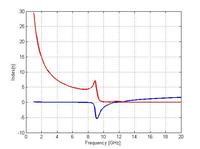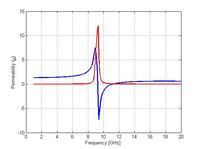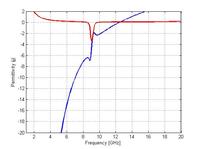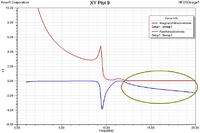fangjing
Junior Member level 1

Does anyone have any experience in the parameters retrival of metamaterials
I am new to metamaterial, and currently working on the microwave devices design using metamaterials.
I simulated SRR+wire in HFSS and get the same amplitude of S11 and S21, but the phase of thoses are different as shown in 'Electromagnetic parameter retrieval from inhomogeneous metamaterials' by D.R.Smith. Can anyone tell me what is the problem?
By the way, if I want to retrieve the permittivity and permibility from SRR and wire, which method is prefered currently? I heard that the method proposed by D.R.Smith, etc, is only able to handle the problem when the slab is thin.
Many thanks for your attention and answers.
I am new to metamaterial, and currently working on the microwave devices design using metamaterials.
I simulated SRR+wire in HFSS and get the same amplitude of S11 and S21, but the phase of thoses are different as shown in 'Electromagnetic parameter retrieval from inhomogeneous metamaterials' by D.R.Smith. Can anyone tell me what is the problem?
By the way, if I want to retrieve the permittivity and permibility from SRR and wire, which method is prefered currently? I heard that the method proposed by D.R.Smith, etc, is only able to handle the problem when the slab is thin.
Many thanks for your attention and answers.












